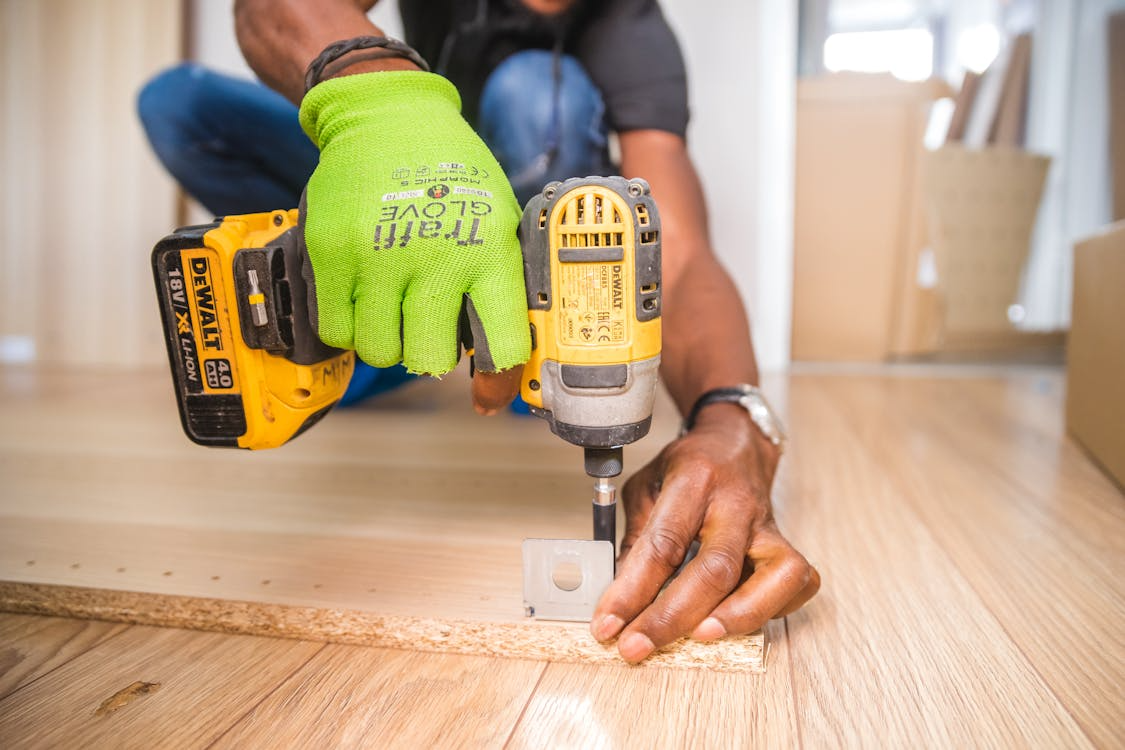Knife safety is as important in residential kitchens as in commercial ones.
Improper use and handling of knives can lead to significant injuries in the kitchen. Every budding or professional chef must know the risks and protocols when chopping, slicing, and preparing food.
Below are five of the top kitchen knife safety rules that everyone needs to know before stepping foot in any kitchen:
Use The Right Knife for Each Task
Selecting the right knife for each task is essential to fundamental knife safety in your luxury kitchen.
Knowing which knife to use for the task at hand can be overwhelming, but not if you follow the general rules below.
Choose a knife that is proportional to the task. For example, do not use a butcher knife to cut vegetables – a small paring knife should do. Specific tasks require a flexible blade, like removing scales from a fish.
Lastly, serrated knives are best used for cutting through foods with a tender center – like loaves of bread or cakes.

Do Not Leave Them to Soak
Many knife injuries occur during washing – especially when knives are dumped in the sink and get covered by other dishes or soapy water.
Apart from the dangers of leaving a knife to soak in the sink, it can also damage the knife. Knives bumping against metal, ceramic, or glass can chip the blade or make it blunt.
Wash knives separately, dry them, and safely store them immediately after washing.
Only Use Sharp Knives
One of the most significant safety tips to implement in your kitchen is to always use sharp knives when preparing food.
That is one of the most fundamental knife safety principles. While some people may think that a sharp knife is more dangerous, that is incorrect. A dull knife is more dangerous because of how it gets used.
To get a dull knife to cut, you need to apply force – and that extra force makes it more likely that the blade will slip and cut something other than food.
To get a dull knife to cut, you need to apply force – and that extra force makes it more likely that the blade will slip and cut something other than food.
To avoid the drama that comes with using a dull knife, invest in a sharpening stone to keep your kitchen knives in supreme slicing shape.
Always Use a Clean Knife
Apart from preventing cross-contamination (crucial in any kitchen), using a clean knife is a safer kitchen practice.
Food residue can make your knife slippery and hard to grip; using a clean knife is much easier and reduces the risk of injury. To ensure proper sanitation and a safer cutting experience, clean knives immediately after use.
Hold the knife by the handle and wash slowly and carefully. Rinse, dry, and store the knife back in its place.
Knife Storage Basics
Ask any chef, and they will all tell you the same thing – all knives must be stored properly.
A designated knife storage space will keep your kitchen tidy and organized and encourage a safety-first mindset for those cooking. Knives should be stored in a knife rack, block, or sleeve when not in use.
Leaving knives in a drawer is one of the worst things you can do – particularly if you have young children.
To End
By following these five rules above, you can ensure that your cooking experience is pleasant and safe. These rules will help you to minimize the risk of accidents in your kitchen.














